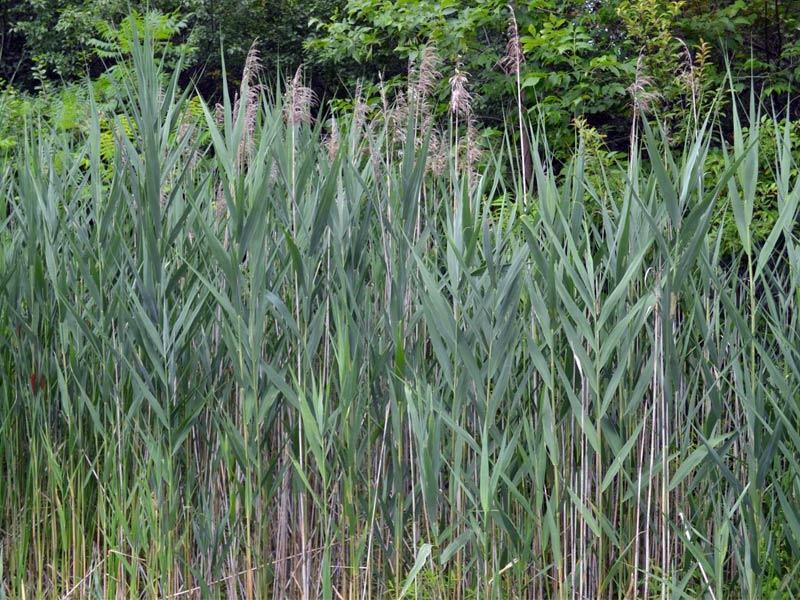Tulane study uncovers mystery of the invasive common reed
They grow up to 12-15 feet tall and are causing havoc in the wetlands of North America. Known as Phragmites australis, the non-native common reed is one of the most important and most studied plants in the world.
It is also one of the most invasive, said Keith Clay, professor and chair of the Department of Ecology and Evolutionary Biology at Tulane University.
In trying to uncover some of the mysteries surrounding the plant, Clay along with researchers from LSU and the U.S. Geological Survey have published the first reference genome for P. australis, enabling them to determine the genomic bases driving its invasive success, compared to native plants.
“It is one of the worst invasive species in wetland habitats of North America, yet provides important ecosystem services in its native European range and in coastal Louisiana."
Tulane Professor Keith Clay
Their study was published in Molecular Ecology and featured in a recent edition of The Scientist. Clay’s team includes Kurt P. Kowalski, a research ecologist with the U.S. Geological Survey and Maheshi Dassanayake, an associate professor, and Dong-Ha Oh in the LSU College of Science. Research Associate Quynh Quach and former Indiana University student Philippa Tanford also contributed.
The study is among nearly 15,000 scientific papers that have been published on Phragmites since 2020, Clay said.
“It is one of the worst invasive species in wetland habitats of North America, yet provides important ecosystem services in its native European range and in coastal Louisiana, where it is called Roseau Cane and helps hold our threatened coastline in place.
“Given its significance, the genome sequence of Phragmites will help our understanding of genetic mechanisms leading to invasiveness and potential management strategies.”
The European Phragmites first appeared in North America in the 1800s, spreading quickly and aggressively through the wetlands of Canada and the United States. Its invasion was dramatic, smothering other native plants and pushing out marsh animals, including many threatened and endangered species. It has also had a negative effect on agricultural production.
Despite many earlier genetic studies, the lack of a first-rate genome assembly to use as a reference has made it difficult to uncover the mysteries of the common reed’s success, Clay said.
Clay and his team built a genome that reveal novel genome characteristics that contribute to the invasiveness of Phragmites australis. They found the plants to have nearly 65,000 genes, significantly higher than other well-studied grasses.
“We describe the first reference genome for P. australis and compare invasive and native genotypes collected from replicated populations across the Laurentian Great Lakes to deduce genomic bases driving its invasive success,” Clay said. “Here, we report novel genomic features including a Phragmites lineage-specific whole genome duplication, followed by gene loss and preferential retention of genes associated with transcription factors and regulatory functions in the remaining duplicates.
“Combined with previous ecological and environmental data, this adds to our understanding of mechanisms leading to invasiveness and support the development of novel, genomics-assisted management approaches for invasive Phragmites,” Clay said.

